Most businesses need a comprehensive online presence to remain competitive in their given market. Even before the COVID-19 pandemic, online shopping was significant, but during the pandemic, there has been a surge that encouraged businesses to be plugged into all channels. Around 90% of customers prefer the stores and brands they frequent to have an online presence, and approximately two-thirds expect it to be consistent across relevant channels. That goes to show that now is the perfect time for retailers to focus on creating an omnichannel marketing strategy. Fortunately, retailers new to omnichannel marketing can use the following 28 omnichannel marketing examples as maps to develop their B2B strategies and create an intricate, customer-focused online experience.
Table of Contents
- > Definition: What Is Omnichannel Marketing??
- > What is the difference between multichannel and omnichannel marketing?
- > The best omnichannel marketing examples by big brands
- > Omnichannel marketing example #1: Sephora
- > Omnichannel marketing example #2: John Lewis
- > Omnichannel marketing example #3: IKEA
- > Omnichannel marketing example #4: Boots
- > Omnichannel marketing example #5: Screwfix
- > Omnichannel marketing example #6: New Look
- > Omnichannel marketing example #7: ALDI
- > Omnichannel marketing example #8: ASDA
- > Omnichannel marketing example #9: Sainsbury’s
- > Omnichannel marketing example #10: Ocado
- > Omnichannel marketing example #11: Disney
- > Omnichannel marketing example #12: Apple
- > Omnichannel marketing example #13: Topshop
- > Omnichannel marketing example #14: Starbucks
- > Omnichannel marketing example #15: Amazon
- > Omnichannel marketing example #16: Virgin Atlantic
- > Omnichannel marketing example #17: Bank of America
- > Omnichannel marketing example #18: Walgreens
- > Omnichannel marketing example #19: Oasis
- > Omnichannel marketing example #20: Lego
- > Omnichannel marketing example #21: Timberland
- > Omnichannel marketing example #22: REI
- > Omnichannel marketing example #23: Google
- > Omnichannel marketing example #24: Spotify
- > Omnichannel marketing example #25: Farfetch
- > Omnichannel marketing example #26: Zara
- > Omnichannel marketing example #27: ASOS
- > Omnichannel marketing example #28: Tesco
- > Become the next best omnichannel marketing example
Definition: What is omnichannel marketing?
“Omnichannel marketing” is a specific retail strategy synthesizing customer-oriented messages across all channels through which customers can connect with the brand, such as websites, social media platforms, email campaigns, and mobile apps.
An omnichannel marketing strategy coordinates all customer touchpoints to create a holistic and unified shopping experience for each customer. Some recent examples of omnichannel marketing trends are:
- Virtual fitting rooms, which allow customers to “try on” clothing from their computers
- Artificial reality shopping simulates the experience of shopping in a brick-and-mortar store
- Digital wallets that allow customers to quickly and conveniently shop from their phones
What is the difference between multichannel and omnichannel marketing?
When developing an omnichannel marketing strategy, retailers should be careful not to confuse omnichannel marketing with multichannel marketing. While omnichannel marketing centers all channels around the customer’s experience, multichannel marketing means that each channel is focused on a product or brand.
Under a multichannel marketing strategy, each channel operates separately from the others and offers a more static brand-centric message that does not consider the customer’s experience as much as an omnichannel marketing strategy. Under an omnichannel strategy, a retailer’s various channels will work together to create a unique and personalized customer experience.
The best omnichannel marketing examples by big brands
Some of the world’s most popular brands have implemented successful omnichannel marketing strategies, from which other brands and retailers can learn.
Omnichannel marketing example #1: Sephora
Why Sephora’s omnichannel strategy stands out
Cosmetic retailer Sephora has been a long-time leader in omnichannel marketing, creating a comprehensive customer-centered marketing strategy designed to boost customers’ confidence in its products.
Sephora has taken advantage of innovations in augmented reality and computer interfaces to provide customers with in-depth views of different makeup products, colors, and shades as they appear on different skin tones. It has also fully integrated online marketing with its mobile app, allowing customers to get all tutorial videos, beauty news, fashion trend information, and new product launches on their phones.
Omnichannel marketing example #2: John Lewis
Why John Lewis’s omnichannel strategy stands out
British department store chain John Lewis has been consistently developing and refining its omnichannel marketing approach over the past decade. John Lewis navigated the difficulties of the COVID-19 pandemic more easily, thanks to its investment in synthesizing its online channels around the customer experience.
For example, when its physical stores needed to close during the height of the pandemic, John Lewis launched a service whereby customers could interact directly with its stylists over Zoom. The success of this strategy led to the company branching out its remote channels to its customers even as the pandemic waned.
Omnichannel marketing example #3: IKEA
Why IKEA’s omnichannel strategy stands out
Swedish furniture chain IKEA has recently become a world leader in omnichannel marketing strategies for home furnishing and decor retailers. It has gradually integrated physical products with its comprehensive online catalog, which is now completely integrated with its website and mobile app. The brand’s famous AR apps have made it one of the most successful retailers, with an increased performance that has a lot to teach business owners.
Omnichannel marketing example #4: Boots
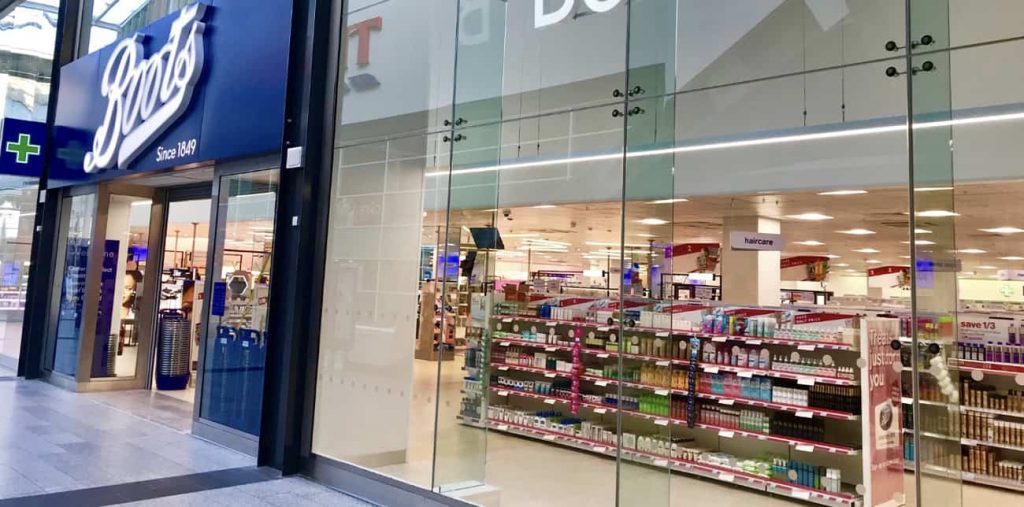
Why Boots’ omnichannel strategy stands out
As the UK’s leading pharmacy and cosmetic retailer, Boots has integrated its omnichannel marketing strategy through partnerships with major tech companies. The company provided its customers with personalized online medication recommendations and consultations during the height of the COVID-19 pandemic through a partnership with Adobe and Microsoft. It also used teleconferencing technology to provide remote beauty consultations to help customers shop for cosmetics.
Omnichannel marketing example #5: Screwfix
Why Screwfix’s omnichannel strategy stands out
For years, the UK-based hardware retailer Screwfix was famous for its ink-on-paper catalogs that were mailed out each year. Recently, Screwfix has switched to a digital catalog that provides customers with a more convenient and personalized shopping experience.
In keeping with its omnichannel approach, Screwfix integrated this digital catalog with online shopping experiences in sync with its digital presence. By investing in fast online shopping several years before any major competitor, Screwfix has seen an increase in sales by around 27.9% by the year 2015.
Omnichannel marketing example #6: New Look
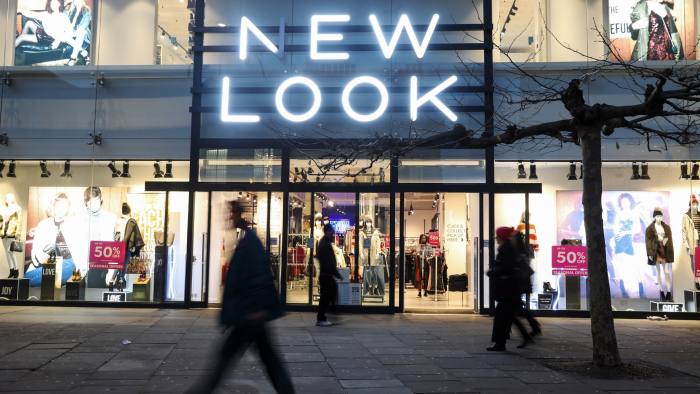
Why New Look’s omnichannel strategy stands out
New Look is one of the UK’s leading fast fashion retailers today, but this wasn’t always the case. The company’s sales were on a downward slope a few years ago, but that changed thanks to innovations in omnichannel marketing and investment in eCommerce.
New Look’s omnichannel digital marketing strategy revolved around three core pillars: social media marketing, search engine optimization, and a direct channel distribution system. With these synchronized around the customer’s experience, New Look reached the top ten of all UK fashion retailers in 2020.
Omnichannel marketing example #7: ALDI
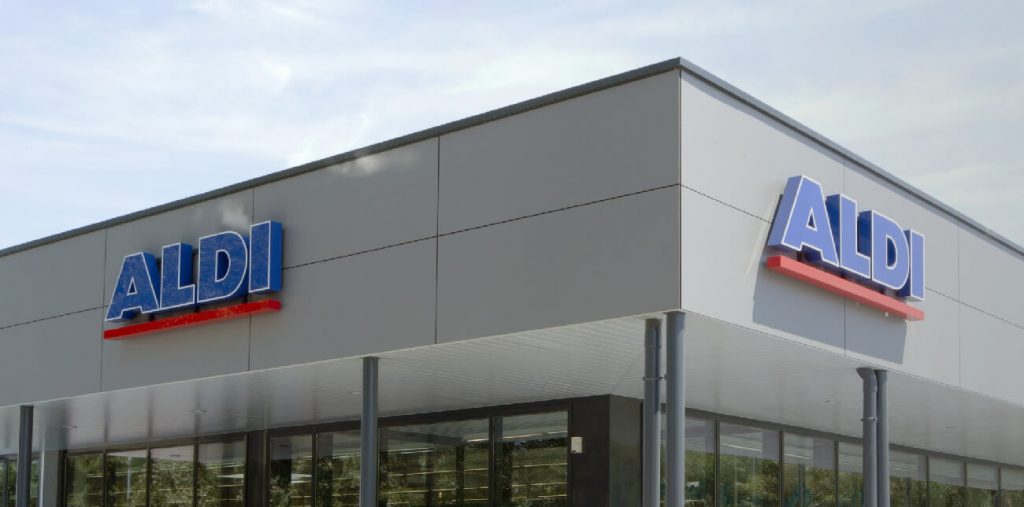
Why ALDI’s omnichannel strategy stands out
International supermarket chain ALDI has been at the forefront of omnichannel eCommerce for the past several years. Though the company specializes in economical, low-cost products, its omnichannel marketing strategy has been anything but. ALDI has successfully integrated its online and in-person shopping channels, by partnering with delivery services like Instacart to extend its customer base.
Omnichannel marketing example #8: ASDA
Why ASDA’s omnichannel strategy stands out
British retailer ASDA is another supermarket chain that has seen significant success with an omnichannel marketing approach. ASDA has integrated its website, mobile app, and physical stores to provide interrelated shopping experiences. Additionally, it has partnered with the management platform Blue Yonder to integrate its supply chain, fulfillment, and workforce to build a digital supply chain.
Omnichannel marketing example #9: Sainsbury’s
Why Sainsbury’s omnichannel strategy stands out
Another major British supermarket chain, Sainsbury’s, has integrated shopping and the cooking process with its omnichannel approach. The company provides recipes via digital channels that correlate to products on sale at its stores.
By partnering with Amazon’s “Just Walk Out” technology at select stores, Sainsbury’s allows customers to pick up items and pay automatically as they leave. This creates a quick and convenient shopping experience that lies at the intersection of both physical and online channels.
Omnichannel marketing example #10: Ocado
Why Ocado’s omnichannel strategy stands out
As a pioneer of online shopping and delivery, Ocado has sought ways to manage the channels through which it engages customers. Today, the company uses artificial intelligence and machine learning technologies to sort emails and improve the customer service experience. It has fully integrated email, phone, and social media channels to create a holistic shopping experience.

Omnichannel marketing example #11: Disney
Why Disney’s omnichannel strategy stands out
It’s no surprise that Disney has been a leader in omnichannel marketing. The crown jewel of the Disney universe — Disneyworld — makes this clear.
By integrating its website, mobile app, and physical locations, Disney has created an intricate but user-friendly confluence of channels for all park visitors. In addition to online ticket purchases, visitors can use the website to make restaurant reservations and browse attractions. Once at the park, visitors can use a convenient mobile app to get around the grounds and see their ride’s waiting time in advance.
Omnichannel marketing example #12: Apple
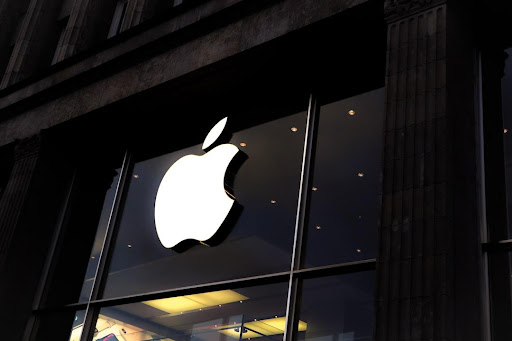
Why Apple’s omnichannel strategy stands out
Apple has been able to implement a “headless” software architecture (i.e. architecture and functionality based around APIs that can be seamlessly integrated into any front-end channel). Through specialized microservices, Apple has created an omnichannel eCommerce platform that can process billions of dollars in transactions while providing customers with a unique and easy experience.
Omnichannel marketing example #13: Topshop
Why TopShop’s omnichannel strategy stands out
British clothing retailer Topshop stood out as an earlier success story in omnichannel marketing, even when many of its competitors struggled to integrate their marketing channels. From early on, Topshop has integrated its website, mobile app, brand magazine, and physical stores to provide its customers with multiple paths for shopping. Its social media presence has been tremendously successful, with its social media team sharing sales and products relevant to different times of the year (such as Mother’s Day or Christmas).
Omnichannel marketing example #14: Starbucks
Why Starbucks’ omnichannel strategy stands out
The global coffee shop chain Starbucks has found new ways to implement omnichannel strategies to improve the experience of existing customers and build a new online customer base. It has integrated its stores, website, and mobile app to allow customers to purchase beverages online or on the app and pick them up in-store.
By having its free wi-fi require personal email addresses to log in, Starbucks has made digital connections with more than 10 million customers — all of whom now have access to email marketing, discounts, and sales codes to improve their shopping experience in the future.
Omnichannel marketing example #15: Amazon
Why Amazon’s omnichannel strategy stands out
Amazon has been a worldwide leader in connecting its various channels through different devices. Its customers can use the mobile app, Amazon Prime account, Amazon Echo, and even its brick-and-mortar stores to experience a fully-integrated shopping experience.
Omnichannel marketing example #16: Virgin Atlantic
Why Virgin Atlantic’s omnichannel strategy stands out
Virgin Atlantic has recently integrated its payment system to provide customers with a better shopping experience. By partnering with PCI Pal Digital payment software, Virgin Atlantic allows its customers to synthesize online payments with their Virgin Atlantic bookings.
Omnichannel marketing example #17: Bank of America
Why Bank of America’s omnichannel strategy stands out
In 2020, Bank of America launched a new omnichannel initiative to improve customers’ experience with cross-currency exchanges. This new approach integrates multiple APIs that handle FX trading, guaranteed rates, and FX payments, all while being easily accessible on Bank of America’s CashPro app.
Omnichannel marketing example #18: Walgreens
Why Walgreens’ omnichannel strategy stands out
The US-based pharmacy chain Walgreens has spent the last few years integrating its customer loyalty program with its website and mobile app. These features come in conjunction with the retailer’s renewed capabilities in drive-through prescriptions and curbside pickup, allowing customers to fill prescriptions, place orders, and pick them up at leisure.
Omnichannel marketing example #19: Oasis
Why Oasis’s omnichannel strategy stands out
The UK clothing retailer Oasis has simplified its customers’ shopping experiences by fully integrating its physical stores with its mobile app and eCommerce site. All Oasis stores are equipped with touch screens that allow customers to find items with a click. Customers can also use their phones or the company website to reserve clothing items that might be out of stock at a particular store.
Omnichannel marketing example #20: Lego
Why Lego’s omnichannel strategy stands out
The ubiquitous toy brand Lego has spent significant resources integrating physical stores with its online presence, with great results. Customers can visit any of Lego’s physical stores to try out the sets in person while getting both ordering capabilities and helpful advice from Lego’s website.
Omnichannel marketing example #21: Timberland
Why Timberland’s omnichannel strategy stands out
Timberland’s clothing brand has made several innovations in creating an interactive shopping experience using an omnichannel approach. Timberland customers can create interactive wishlists of items using the website or tablets available at physical stores. Customers can more easily locate items, compare brands, and make purchases using these wishlists.
Omnichannel marketing example #22: REI
Why REI’s omnichannel strategy stands out
The outdoor recreation retailer has been at the forefront of eCommerce, launching its first website in 1996. Today, the co-op is in the process of integrating stores with its website and mobile apps to provide a comprehensive shopping experience. REI’s omnichannel approach has focused on building brand loyalty among a core group of customers by letting them integrate recreational activities with REI products.
Omnichannel marketing example #23: Google
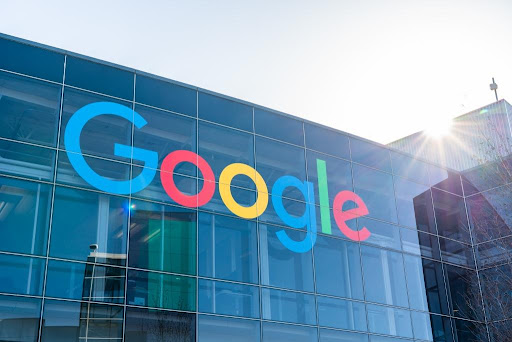
Why Google’s omnichannel strategy stands out
Google is a leader in major digital trends like omnichannel marketing. One recent step the company has taken is integrating its mobile app with shopping preferences. Users can now find relevant stores, products, and services nearby using their Google account and purchase with Google shopping.
Omnichannel marketing example #24: Spotify
Why Spotify’s omnichannel strategy stands out
The music streaming service Spotify has recently integrated its advertisements with its user’s shopping preferences to enhance its omnichannel eCommerce approach. Users can find ads for products and services when listening to music or podcasts on the free version. By personalizing a user’s ads the more they listen, Spotify has been able to integrate its streaming services with the eCommerce goals of its partners.
Omnichannel marketing example #25: Farfetch
Why Farfetch’s omnichannel strategy stands out
Besides its success in the apparel and fashion industry, Farfetch exceeds the competition with its intense SEO strategy. The brand has invested greatly in the growth of its organic traffic while boosting its paid campaigns for greater reach and awareness.
Omnichannel marketing example #26: Zara
Why Zara’s omnichannel strategy stands out
Zara’s advanced stock management system combined with targeted omnichannel campaigns is probably the number one factor for its success and continuous growth. The brand keeps a personalized approach to reaching its audiences, integrating data from various touchpoints across the customer journey.
Omnichannel marketing example #27: ASOS
Why ASOS’s omnichannel strategy stands out
Because the customer is always at the center of its strategy. ASOS is renowned for its flexible return options, its significant social media presence, and for its strong influencer marketing.
Omnichannel marketing example #28: Tesco
Why Tesco’s omnichannel strategy stands out
Of course, Tesco couldn’t be missing from this long list of successful retailers that have paved the way with their top-notch omnichannel marketing strategies. The online grocery leader was the first company to launch the first virtual grocery store in 2011 in South Korea.
Omnichannel marketing example #29: Chewy
Why Chewy’s’s omnichannel strategy stands out
Chewy, a prominent US-based online pet retailer, exemplifies success with its innovative marketing strategies and customer-centric approach. Since its founding in 2011, Chewy’s marketing strategies has transformed the pet retail industry with seamless online shopping, personalized customer service, and a comprehensive product range. By leveraging advanced data analytics and fostering strong emotional connections with customers, Chewy has set new standards in the market.
Become the next best omnichannel marketing example
These examples show how important omnichannel marketing is for improving customer experience and engagement. A company can become the next great omnichannel marketing success story with the right partner. ContactPigeon is a leading omnichannel customer engagement platform with countless examples of successful clients worldwide. If omnichannel marketing sounds just like what your company needs, connect with ContactPigeon today and book a free consultation.

Let’s Help You Scale Up


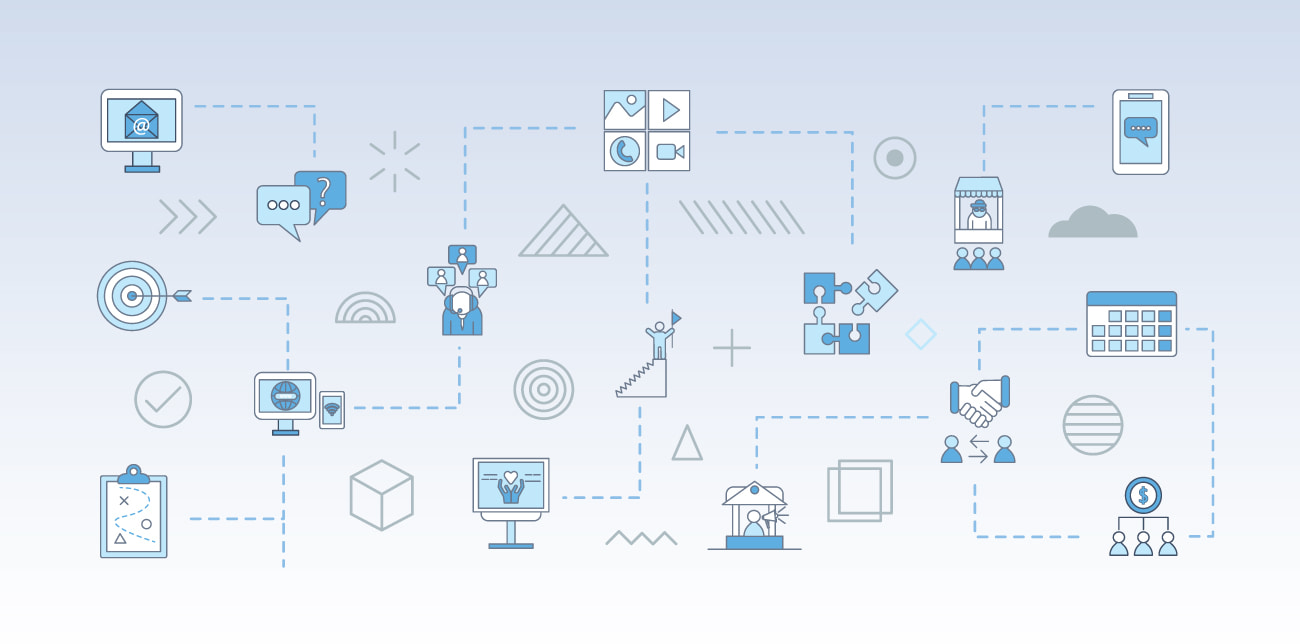

![Benchmarking Growth Strategies of Top Fashion Retailers [Study]](https://blog.contactpigeon.com/wp-content/uploads/2025/11/top-fashion-retailers.jpg)